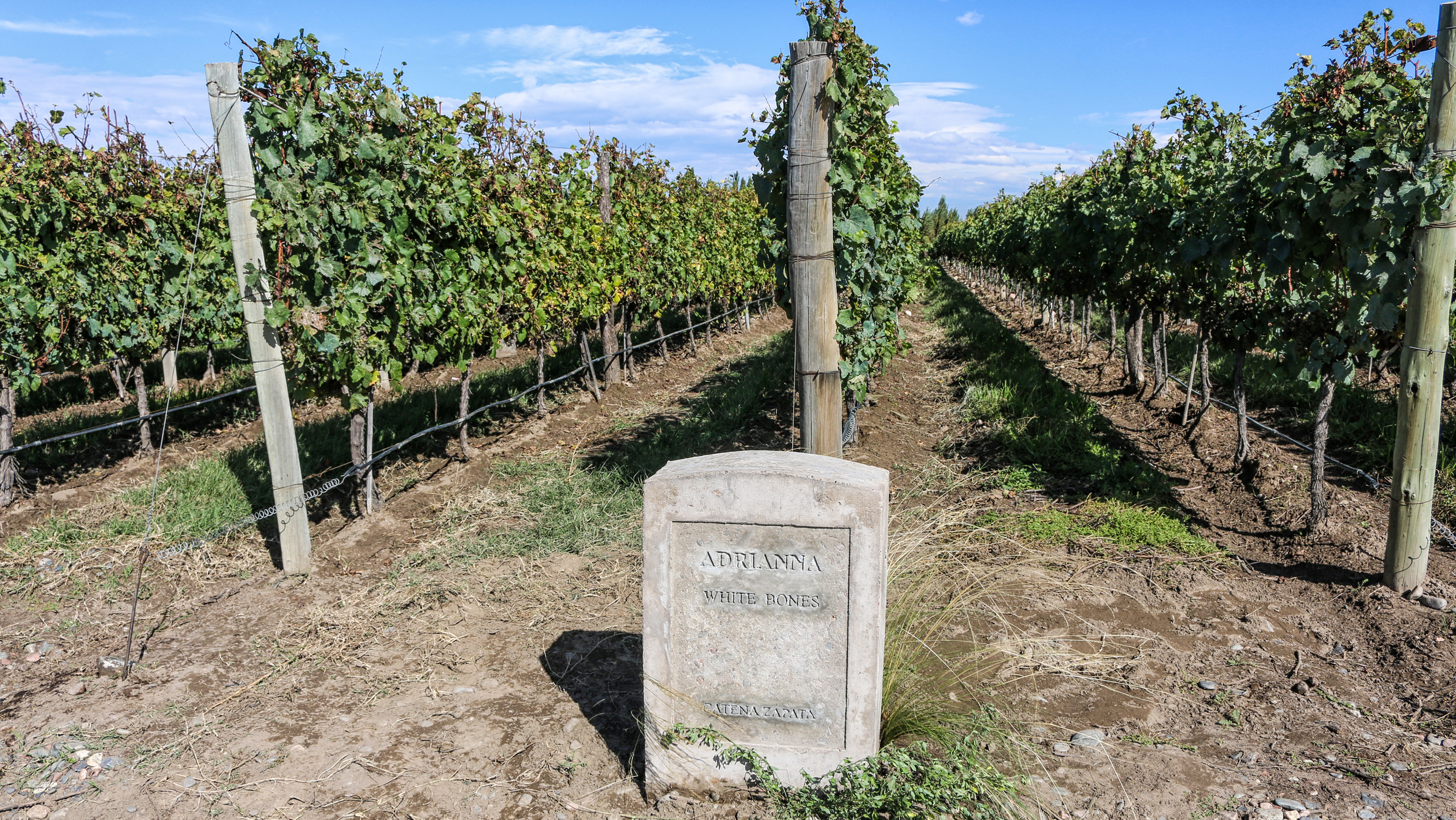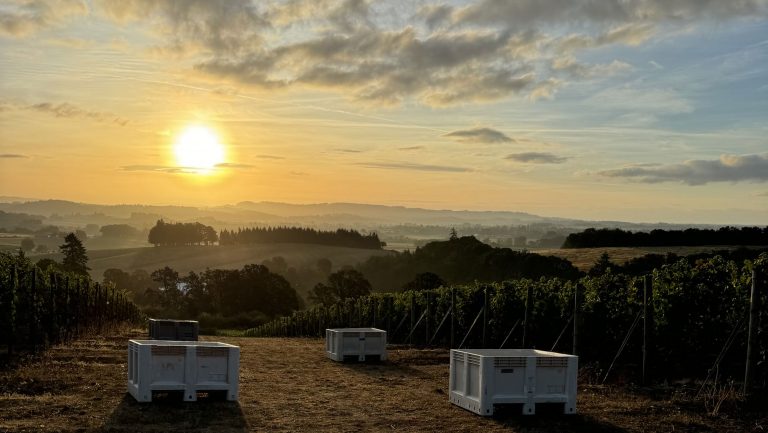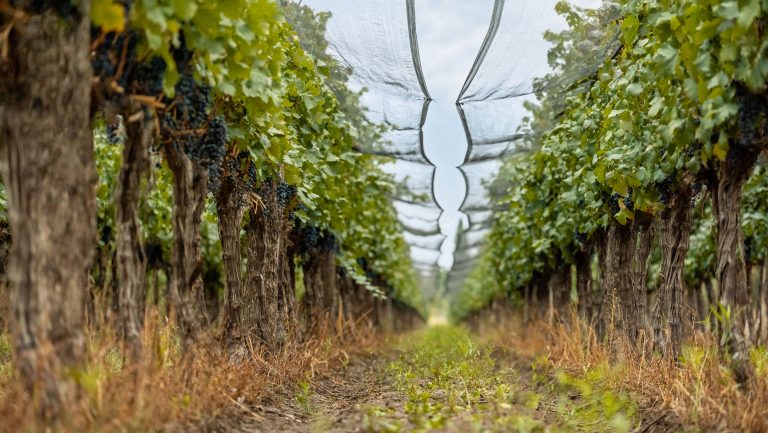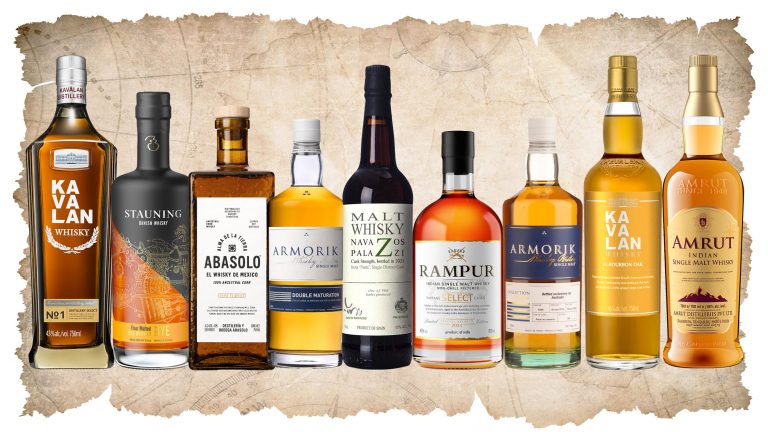The freedom of the New World, and its lack of draconian appellation rules, might be much envied by producers in the Old World, but winemakers in Argentina are seeking more rigorous legislation for its regions.
As a country with a 500-year history of vinification, Argentina is by no means new at the wine game. However, until recently, Argentina’s appellations—known as Geographical Indications (GIs)—have been determined by political boundaries, with little relevance to the geology, climate, or wines made in them. That is now changing.
Since the quality revolution in Argentine wine that took place at the turn of this century, Malbec has surfaced as the nation’s champion grape variety, making up more than a third of red wine production. Argentina’s total wine production amounts to 7.8 million hectoliters annually and the country has an export market worth close to $1 billion, according to the the National Institute of Viticulture (INV). With more than 800 Malbec producers, though, it can be hard to know the difference between one bottle and another just by the label.

Don’t miss the latest drinks industry news and insights. Sign up for our award-winning newsletters and get insider intel, resources, and trends delivered to your inbox every week.
Following the boom in single-vineyard wines in Argentina—in particular, those ranging from $20 to $100 wholesale—the great differentiator has become the region, each of which imprints a unique character on the wine that producers are eager to communicate. After a tête-à-tête among a group of winemakers in 2008, they began to forge the way for Argentina’s modern appellation system, starting with Altamira.
Argentina’s New GIs
One of the most historied regions in Mendoza’s Uco Valley, Altamira has vineyards up to 100 years old and is home to many critically acclaimed Malbecs, including Achaval Ferrer Finca Altamira, Zuccardi Piedra Infinita and Mendel Finca Remota, all noted for their floral character and chalky minerality. However, with no precise limit to Altamira’s geographical boundaries, the name has frequently been hijacked by lesser producers hoping to ride on their peers’ success.
In a bid to establish clear demarcations for Altamira, the bodegas Chandon, Catena Zapata and Familia Zuccardi commissioned the local university to research and delimit a new GI based on soil studies, climate analysis, and satellite mapping of the alluvial fan formation that characterizes the zone.
After five years of research and more than 200 soil pits, the INV approved the new GI in 2013—it included 1,400 hectares of vineyards and established the blueprint for Argentina’s modern appellation system.
“It’s very interesting and inspiring to work on the new GIs,” says Catena Zapata’s head of viticulture, Luis Reginato, one of the chief driving forces behind the new appellation series. “We have been working with great scientists and professors in edaphology [a branch of soil science] and have been able to learn and share research that forms an important base for the future of Argentine wine.”
Change, of course, doesn’t often come without controversy. And neighboring properties—those excluded from the new GI—spent four years campaigning to expand the boundaries. Earlier this year, the INV extended them to include a total of 2,800 hectares of vineyards, an expansion that has been hotly debated.
And a recurring thorn in the side of any new GI in Argentina is the name. Many wine producers have trademarked the names of regions for their own brand, and the owner of Altamira refused to cede the name to the national wine industry. As a result, you’ll see Paraje Altamira GI on the label instead.
Despite some growing pains, Paraje Altamira GI is the benchmark for the new appellations, and many regions are following suit.
Gualtallary is another highly acclaimed wine region in the Uco Valley, and its GI, based on the same methodology used for Altamira and relying on the same technical team, has been in the pipeline since 2014. The proposed appellation comprises over 1,000 hectares of vineyards and is home to iconic labels such as Catena Zapata’s White Bones and White Stones Chardonnays, Per Se’s La Craie, and Passionate Wines’ Demente (both Cabernet Franc and Malbec blends).

Gualtallary’s GI, however, is going one step further and splitting the region into five subappellations. “Gualtallary has a wide range of vineyards planted that vary in altitudes from 1,200 meters to 1,700 meters, with a mix of granite, lime, and calcareous soils,” says Gualtallary advocate and consulting winemaker Matías Michelini. “This soil combination makes Gualtallary wines very distinctive for their juicier tannin texture [and] gives them a finesse and austerity.”
The approval of the Gualtallary GI is currently on hold though, pending a legal battle with the producer who, yes, trademarked the name. This delay means we are more likely to see Los Chacayes GI reach the bottle first, as the trademark owner, François Lurton, has given his blessing to sharing the name.
The 1,400 hectares of Los Chacayes GI vineyards are characterized by stony and rocky alluvial soils with low-yielding vines that produce particularly aromatic Malbec, Cabernet Franc, Petit Verdot, and Cabernet Sauvignon wines. In addition to Lurton’s bodega, Piedra Negra, notable producers within the GI include TintoNegro and Super Uco.
The approval of El Cepillo GI is also imminent. On the southern border of Altamira, El Cepillo has almost 3,300 hectares of vineyards and a wide range of varieties, from classics like Malbec and Cabernet Sauvignon to Gewürztraminer and Grenache. Although mainly characterized by alluvial soil, “there’s a blanket of colluvial soil in the western sector that should be a subappellation of its own,” explains Reginato with regard to another subdivision in the works.
The future of premium Argentine wine is undoubtedly in regional identity. It’s no surprise that this movement of new appellations is concentrated in the Uco Valley, which has seen a 65 percent increase in vineyards over the last decade and is fast becoming one of the most lionized wine regions in the New World.
Will Argentina’s GIs go on to take a similar stance as French appellations, in terms of controlling grape variety or production methods?
“I hope not!” says winemaker Alejandro Sejanovich of Bodega TeHo. “It’s ridiculous to have rules that everybody has to make the same wine—it isn’t a commodity. Growers should be free to produce what they think is the best expression of this place.”
While Argentina will always defend its liberty as a New World producer, fortunately for us the expression of “place” is becoming easier to identify as these new GIs embrace their terroir and find their way onto the wine labels.

Dispatch
Sign up for our award-winning newsletter
Don’t miss the latest drinks industry news and insights—delivered to your inbox every week.
Amanda Barnes is a British wine writer who since 2009 has been based in South America, where she specializes in the wines and regions of Argentina, Chile, Brazil, and Uruguay and writes the South America Wine Guide. Ever footloose, she is currently on a mission to travel Around the World in 80 Harvests.








